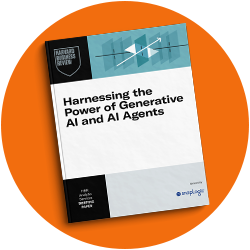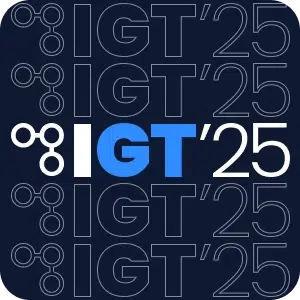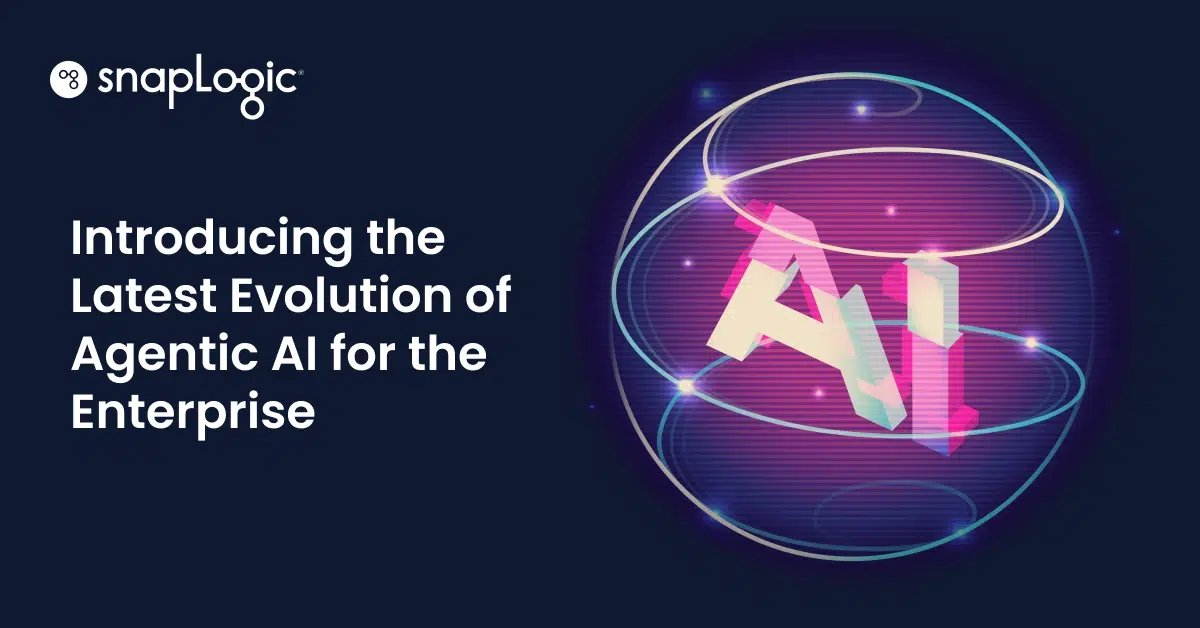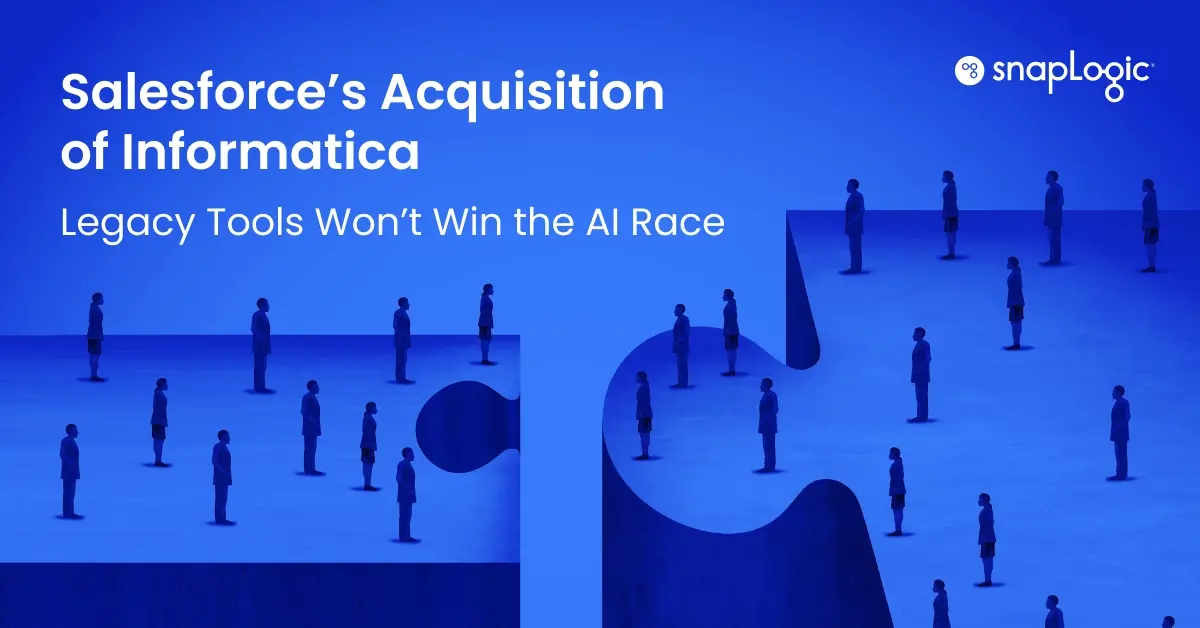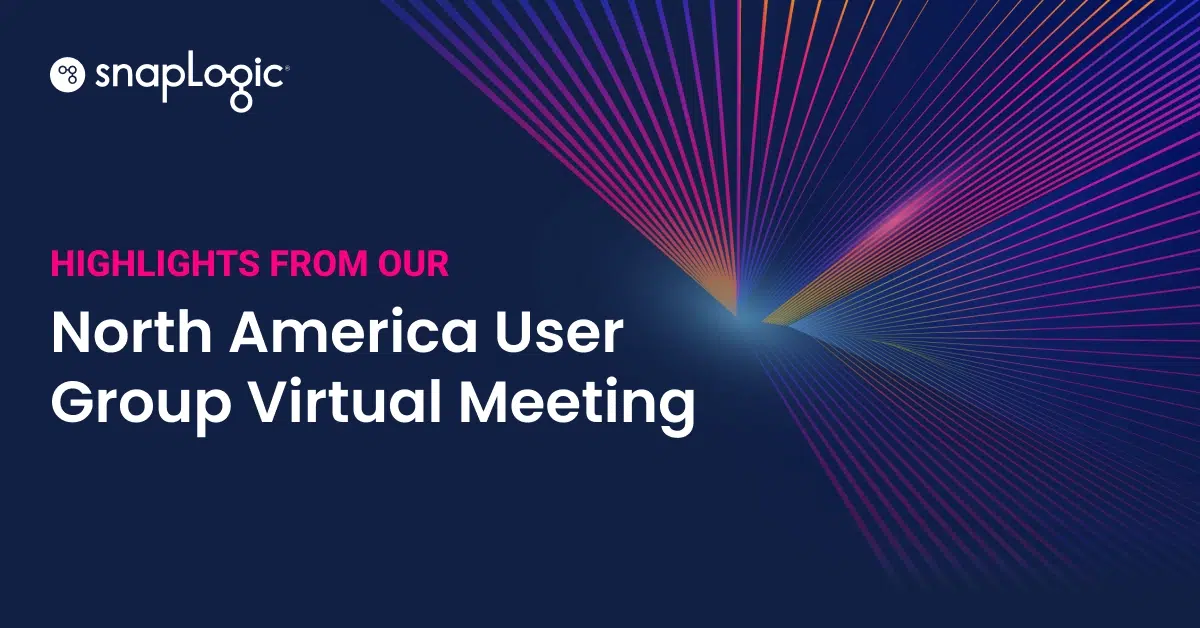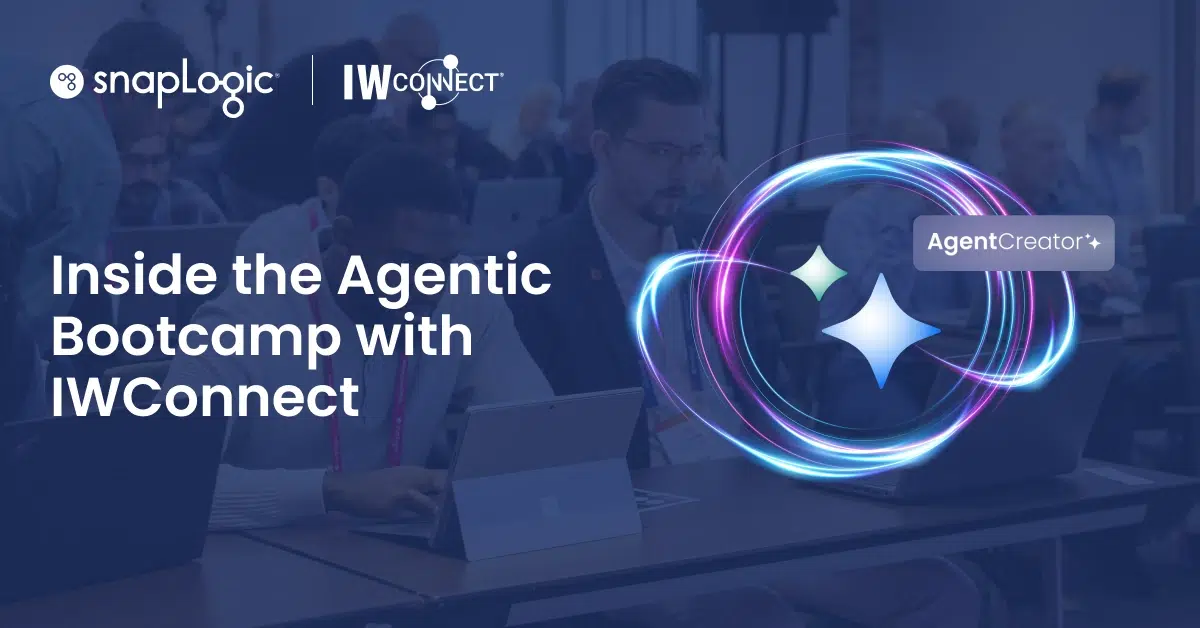Generative Integration Tips and Tricks
Join the generative integration movement around the world and receive the SnapLogic Blog Newsletter.
Featured
Search Results
-
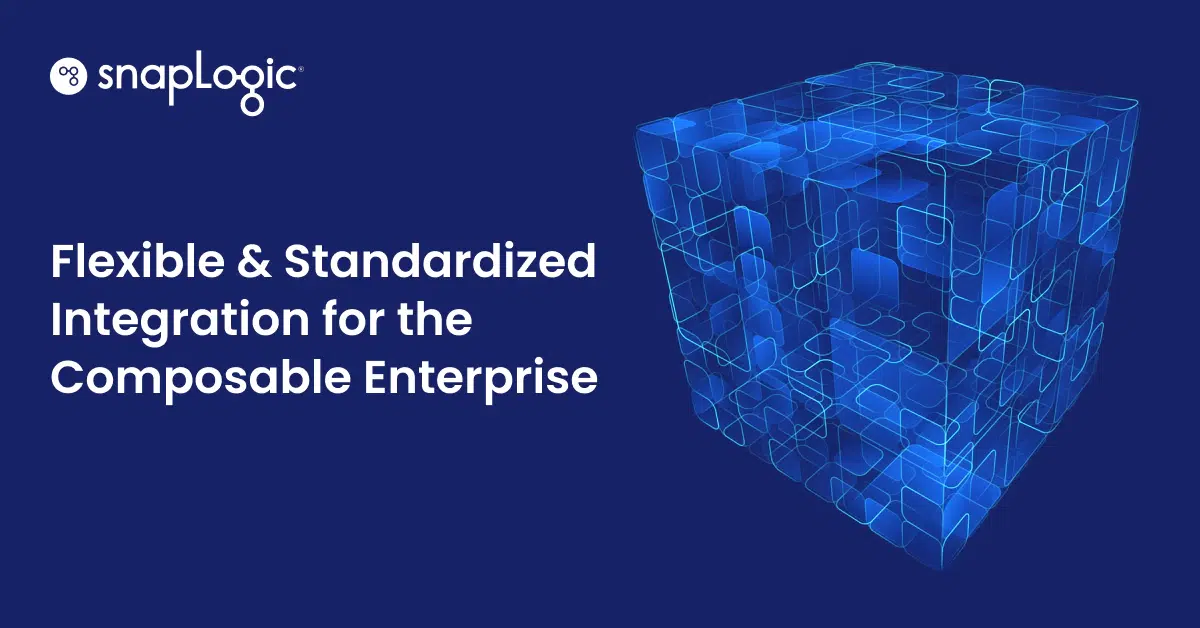
4 min read
Open and Standardized Integration for the Composable Enterprise
-
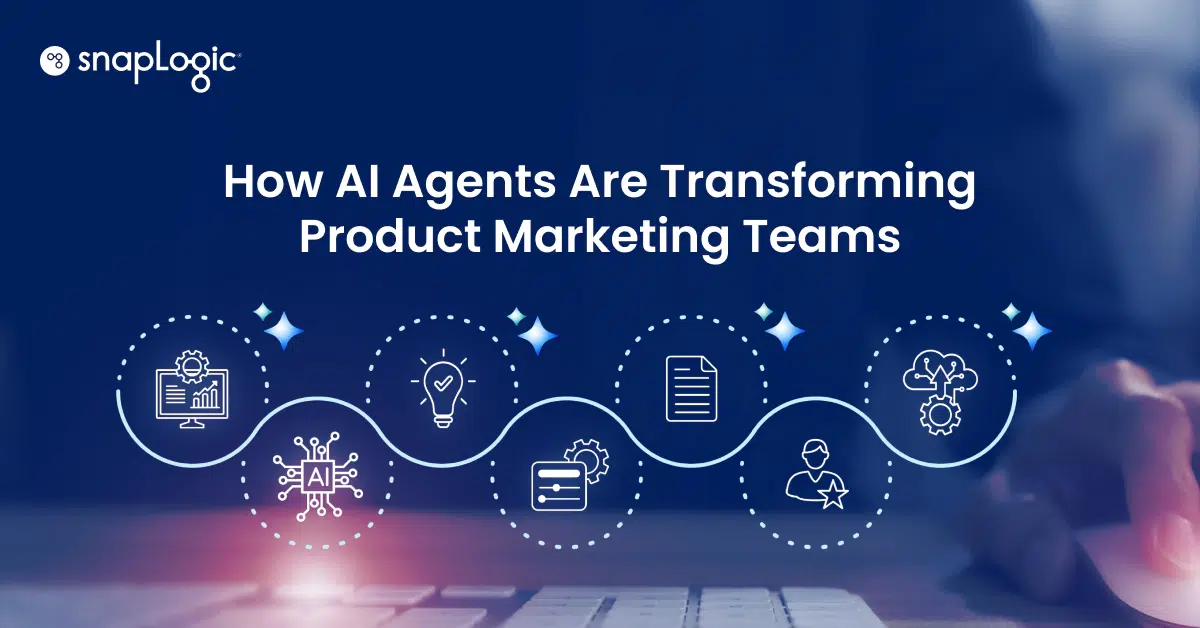
4 min read
The Rise of the Agentic Product Marketing Organization
-

4 min read
What Teaching Taught Me: Lessons From a First-Time Tech Instructor
-
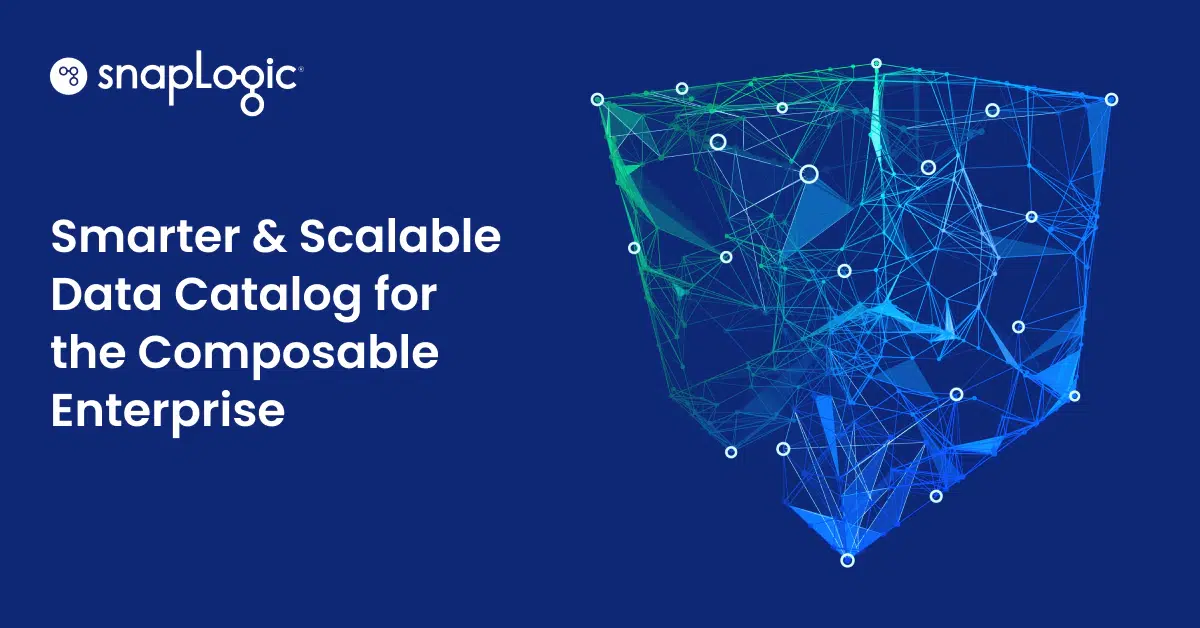
4 min read
Beyond Inventory: How a Smarter Data Catalog Powers the Composable Enterprise
-
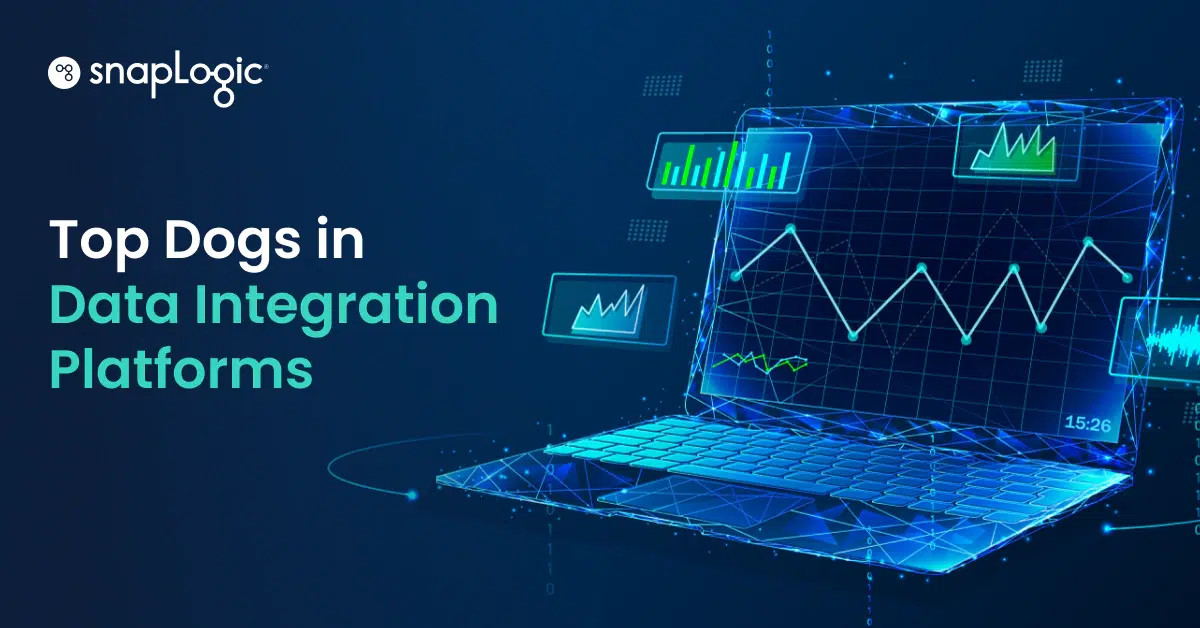
5 min read
Top 10 Data Integration Platforms in 2025
-

4 min read
Building A Smarter Data Fabric: Four Takeaways From Our Conversation With Mike Ferguson
-
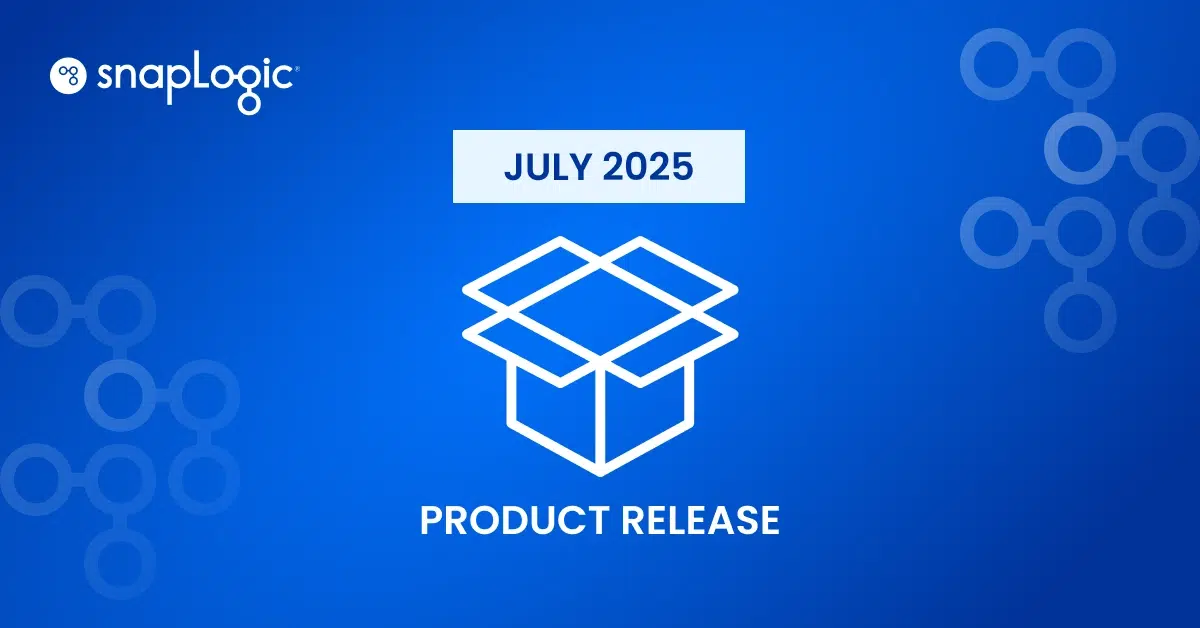
3 min read
The July 2025 Release Is Here!
-

7 min read
Top 13 Integration Platform (iPaaS) Vendors in 2025
-
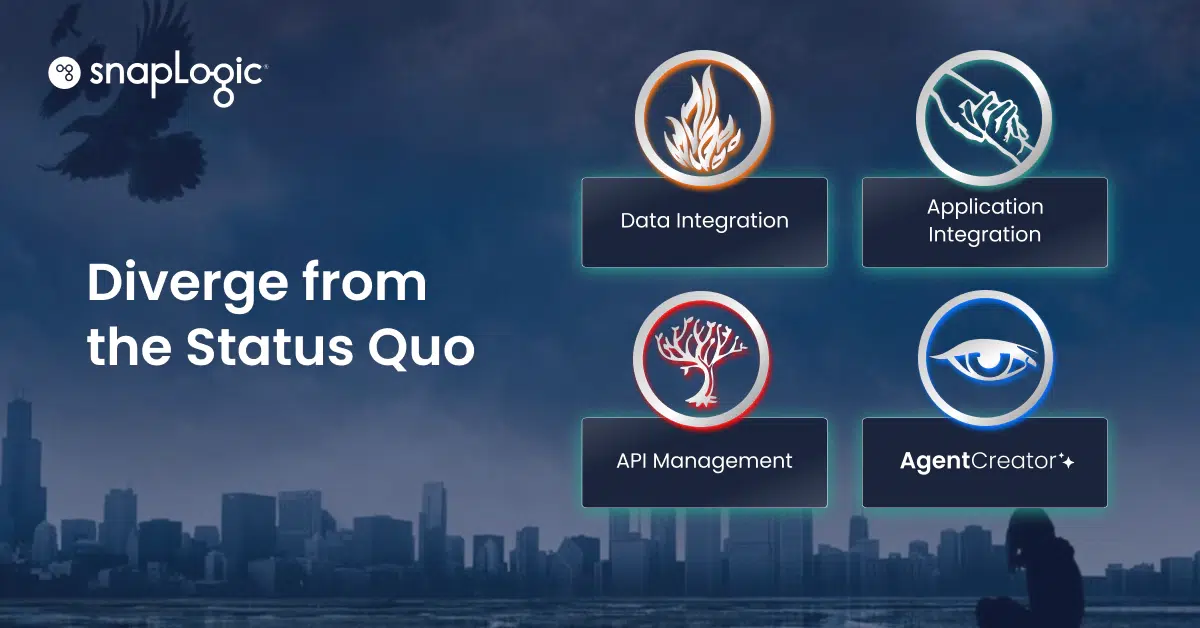
7 min read
Customer Realities vs. Magic Quadrants: Time to Diverge from the Status Quo
-
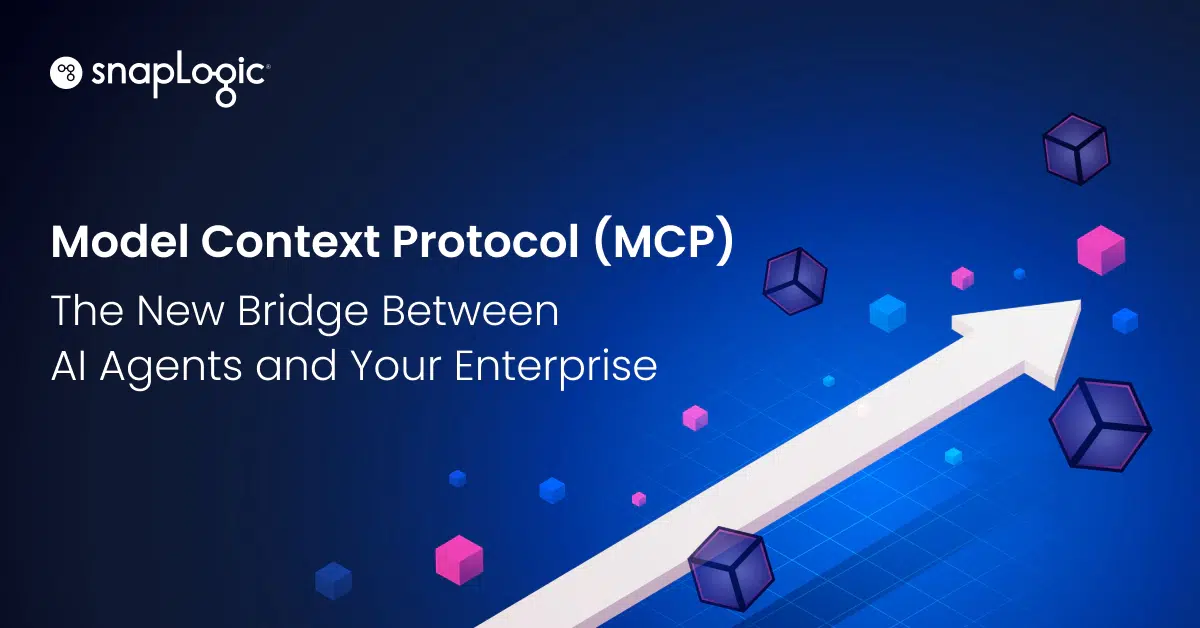
4 min read
SnapLogic Adds MCP Support to Enable Universal AI Agent Connectivity
-
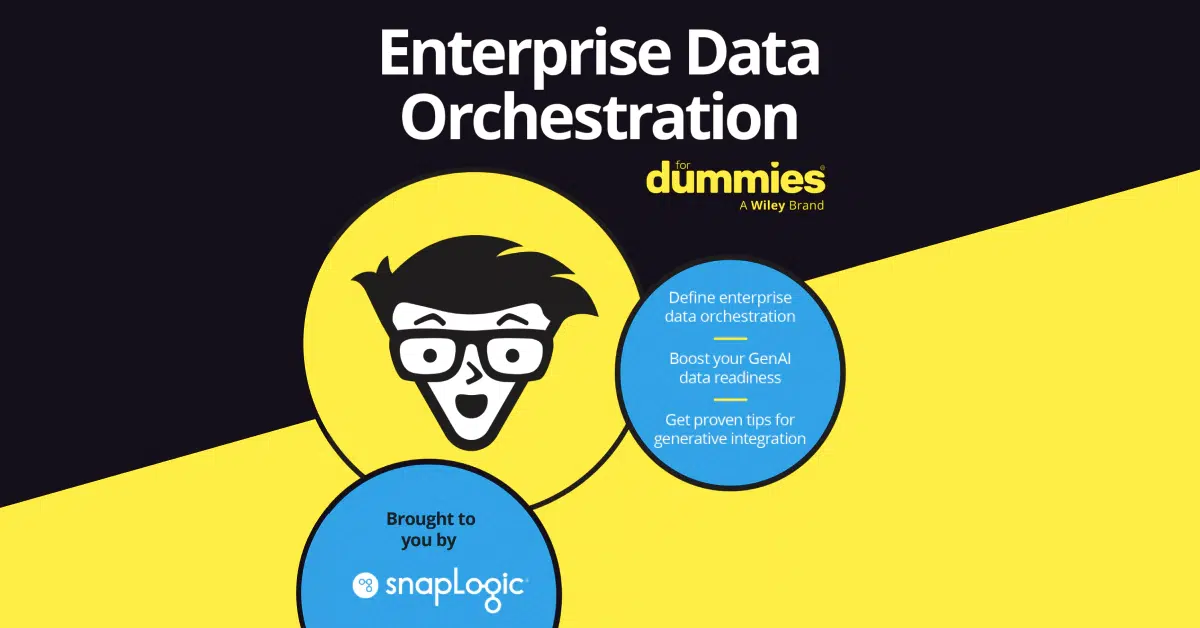
2 min read
The Case for Composability: Why Enterprises Need a New Data Foundation for AI
-

5 min read
Agentic Thinking: The Catalyst for Legacy Modernization
